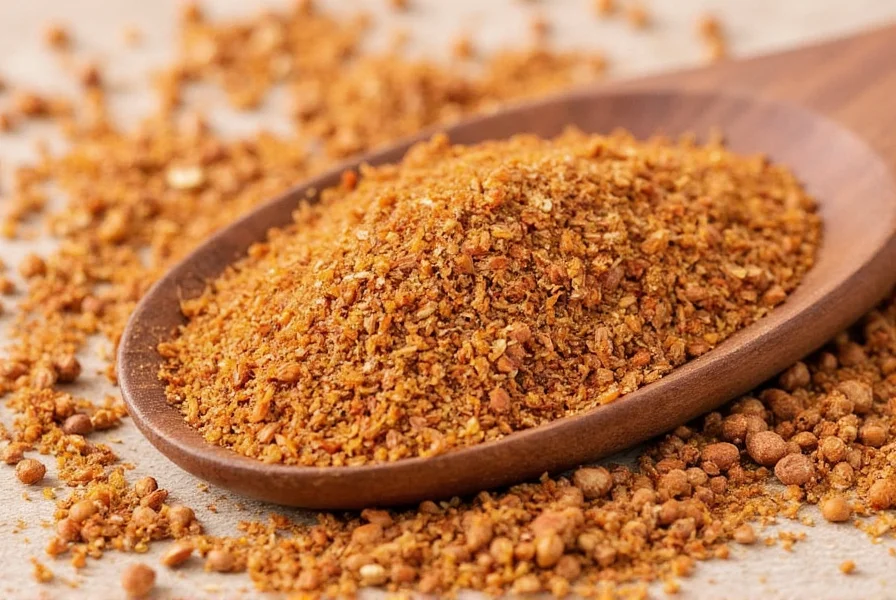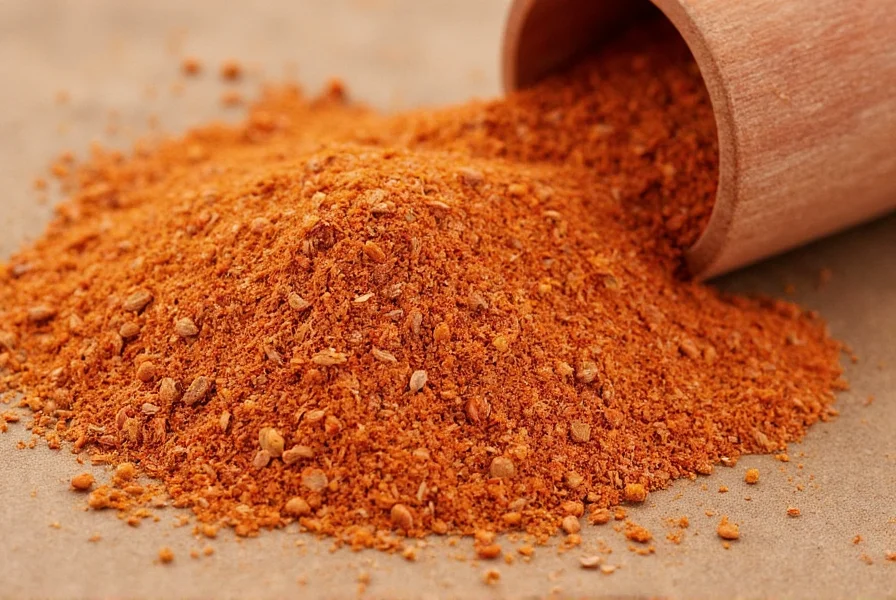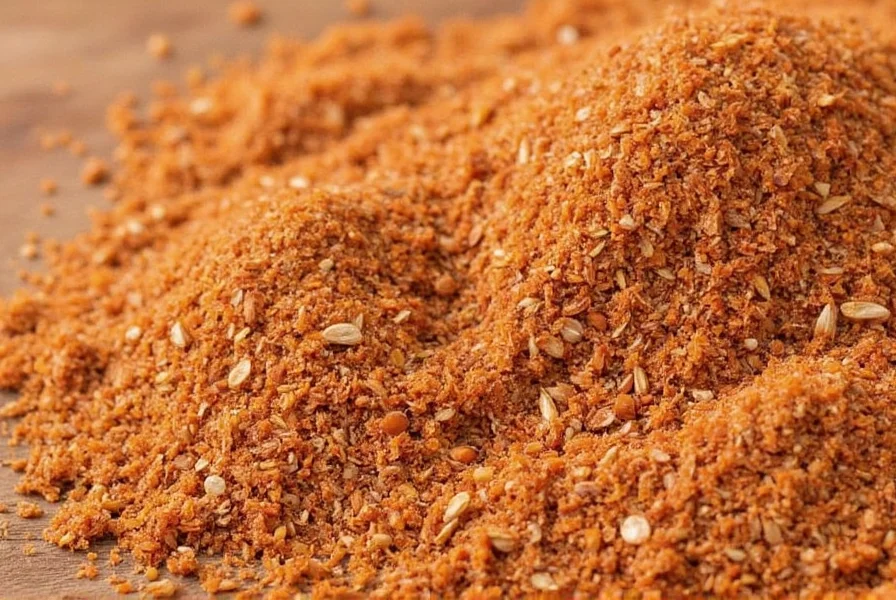Cumin seasoning has been enhancing dishes across global cuisines for thousands of years. This versatile spice, derived from the Cuminum cyminum plant, delivers a distinctive warm, earthy flavor profile with subtle citrus undertones and a slightly bitter finish. Understanding how to properly use cumin seasoning can transform your cooking from ordinary to extraordinary.
Understanding Cumin: Seeds vs. Ground
When exploring how to use cumin seasoning in cooking, the first decision involves choosing between whole seeds and ground cumin. Whole cumin seeds maintain their flavor compounds longer and offer greater versatility, while ground cumin provides immediate convenience but loses potency more quickly.
| Characteristic | Whole Cumin Seeds | Ground Cumin |
|---|---|---|
| Shelf Life | 1-2 years when properly stored | 6-12 months |
| Flavor Intensity | More complex, nuanced flavor | Milder, more uniform flavor |
| Best Cooking Method | Toast before grinding or add early in cooking | Add later in cooking process |
| Texture Contribution | Noticeable seed texture | Smooth integration |
Maximizing Cumin's Flavor Profile
For optimal results with cumin seasoning flavor profile development, toasting is essential. Heat a dry skillet over medium heat, add whole seeds, and toast for 1-2 minutes until fragrant. This simple technique releases essential oils, dramatically enhancing the spice's warm, earthy notes while reducing any potential bitterness.
Professional chefs recommend these timing guidelines for incorporating cumin into dishes:
- For whole seeds: Add during the initial oil-heating stage to infuse the cooking medium
- For ground cumin: Incorporate after onions and garlic have softened but before adding liquids
- For finishing: A light sprinkle of toasted, freshly ground cumin just before serving enhances aroma

Culinary Applications Across Global Cuisines
Cumin's versatility shines in cumin seasoning in Mexican cuisine, where it forms the backbone of chili powders, taco seasonings, and mole blends. In Indian cooking, cumin appears in tempering oils (tadka) for dals and curries, while Middle Eastern cuisine features it prominently in spice blends like baharat and za'atar.
When considering best dishes for cumin seasoning, focus on these categories:
- Bean and legume dishes (enhances digestibility while adding depth)
- Stews and braises (complements long cooking times)
- Rice and grain preparations (adds complexity to simple sides)
- Roasted vegetables (particularly root vegetables and squash)
- Marinades for meats (especially lamb and beef)
Proper Storage Techniques
Preserving cumin's potency requires proper storage. Exposure to light, heat, and moisture rapidly degrades flavor compounds. For cumin seasoning storage tips that maintain maximum freshness:
- Store in airtight containers away from heat sources
- Keep whole seeds in dark glass or opaque containers
- Refrigerate ground cumin for extended shelf life
- Freeze whole seeds for long-term storage (up to 2 years)
- Always measure spices away from cooking steam
Ground cumin loses approximately 20% of its volatile compounds within the first month of grinding, making on-demand grinding preferable for serious cooks.
Substitution Options and Pairing Recommendations
When facing limited pantry options, understanding cumin seasoning substitution options becomes valuable. While no perfect substitute exists, these alternatives can work in specific contexts:
- Coriander: Provides similar earthiness but lacks cumin's warmth (use 1.5x amount)
- Fennel seeds: Offers comparable texture with milder flavor (toast first)
- Garam masala: Works in Indian dishes but contains multiple spices
- Paprika + a pinch of oregano: Mimics color and some flavor notes
Cumin pairs exceptionally well with complementary spices that enhance its natural characteristics. For optimal cumin seasoning pairing recommendations, combine with:
- Coriander (creates balanced earthy-citrus profile)
- Chili powder (adds heat that complements cumin's warmth)
- Paprika (enhances color and depth)
- Cinnamon (adds sweet complexity in certain blends)
- Garlic (creates foundational flavor base)

Health Considerations and Practical Usage Tips
Beyond flavor, cumin offers potential health benefits as part of a balanced diet. Research suggests health benefits of cumin seasoning may include improved digestion, antioxidant properties, and potential blood sugar regulation. However, these effects occur at culinary usage levels rather than therapeutic doses.
Professional chefs recommend these practical tips for home cooks working with cumin:
- Toast whole seeds in a dry pan before grinding for maximum flavor extraction
- Add ground cumin after aromatics but before liquids to prevent bitterness
- Combine with acidic ingredients like tomatoes or citrus to balance earthiness
- Use slightly less cumin when cooking for children, as their palates detect bitterness more intensely
- Create custom blends by mixing cumin with complementary spices for specific dishes
Conclusion: Mastering Cumin in Your Kitchen
Understanding the nuances of cumin seasoning transforms it from a simple pantry staple to a powerful culinary tool. By selecting the appropriate form (whole or ground), storing it properly, and incorporating it at the right stage of cooking, you can maximize its distinctive flavor profile. Whether crafting authentic cumin seasoning in Indian cooking traditions or experimenting with modern fusion dishes, this ancient spice remains indispensable for creating depth and complexity in countless recipes worldwide.
Frequently Asked Questions
What's the difference between cumin seeds and ground cumin?
Whole cumin seeds maintain their flavor compounds longer and offer a more complex, nuanced taste when toasted before use. Ground cumin provides immediate convenience but loses potency more quickly. Whole seeds typically last 1-2 years when properly stored, while ground cumin remains potent for 6-12 months. For maximum flavor, toast whole seeds and grind them as needed rather than using pre-ground cumin.
How can I tell if my cumin has gone bad?
Fresh cumin should have a strong, warm, earthy aroma. If your cumin has lost its distinctive scent or smells musty, it's likely past its prime. Visually, cumin should maintain a rich brown color - fading indicates degradation. Taste a small amount; fresh cumin has a warm, slightly bitter flavor with citrus notes, while stale cumin tastes flat and one-dimensional. Properly stored whole seeds last significantly longer than ground cumin.
Can I substitute cumin in recipes if I don't have it?
While no perfect substitute exists for cumin's unique flavor profile, several alternatives work in specific contexts. For Mexican dishes, try a combination of coriander and chili powder. In Indian recipes, garam masala can provide some similar notes. Fennel seeds (toasted) offer comparable texture with milder flavor. For quick substitutions, use 1.5 times the amount of coriander or a mix of paprika with a pinch of oregano. Remember that substitutions work best when adjusted to the specific dish rather than used as direct 1:1 replacements.
Why does my cumin taste bitter sometimes?
Bitterness in cumin typically results from improper cooking techniques. Adding ground cumin directly to hot oil or cooking it too long at high temperatures causes burning. To prevent bitterness, add ground cumin after aromatics (onions, garlic) have softened but before adding liquids. For whole seeds, toast them gently in a dry pan until fragrant (1-2 minutes), being careful not to burn them. Using stale or low-quality cumin can also contribute to unpleasant bitterness, so proper storage and fresh spices are essential.
How much cumin should I use in a standard recipe?
The ideal amount of cumin varies by cuisine and personal preference, but general guidelines suggest: for 4 servings, use 1/2 to 1 teaspoon of ground cumin or 3/4 to 1 1/2 teaspoons of whole seeds. When using whole seeds, remember they provide more intense flavor when toasted and ground fresh. Start with smaller amounts and adjust to taste, as cumin's flavor intensifies during cooking. In spice blends, cumin typically comprises 15-25% of the total spice mixture. Always taste and adjust seasoning at the end of cooking for best results.











 浙公网安备
33010002000092号
浙公网安备
33010002000092号 浙B2-20120091-4
浙B2-20120091-4